The road network of the world covers an enormous area, often well exposed to the sun’s rays. A French company is studying ways to coat roads with solar panels, which can withstand traffic by both cars and heavy trucks.

The first test was built in the French village of Tourouvre late last year. The solar panels were developed by the French company Colas in collaboration with the French National Solar Energy Institute.
The concept is to integrate ordinary silicon solar cells into a protective plastic shell with an uneven surface to increase resistance and thereby reduce the skidding risk.
The panels, which are less than one centimeter thick, are glued to the road and then connected to a switchboard. The test facility has a total area of 2,800 square meters and will be able to provide 280 kilowatts.
According to Colas, roads are a good place for solar cells. They are unobstructed large exposed areas, mostly empty when no cars are passing by. A major disadvantage is the costs, which is much higher than for solar cells placed rooftops. The 1km road in Normandy cost €5 million (£4.3m) to build and the price needs to come down a lot if it is to be competitive.
The company hopes to build 100 testing facilities in different parts of the world to test the technology and a 30 kilometer (18-mile) stretch of American Interstate 85 in southwestern Georgia, named the Ray C. Anderson Memorial Highway, or “The Ray,” is now being built to test the technology.
POerhaps its possible for economies of scale and technological development to push the costs down. But the fact is, at €10m per kilometer for a two-lane solar road, we are looking at a total cost measured in billions or even trillions of pounds to cover just a sizeable portion of a country’s roads with solar panels.
But then, Ségolène Royal, France’s ecology minister, have a much more reasonable goal in mind as she would like to see solar roadways replace one kilometer of every 1000 in France.

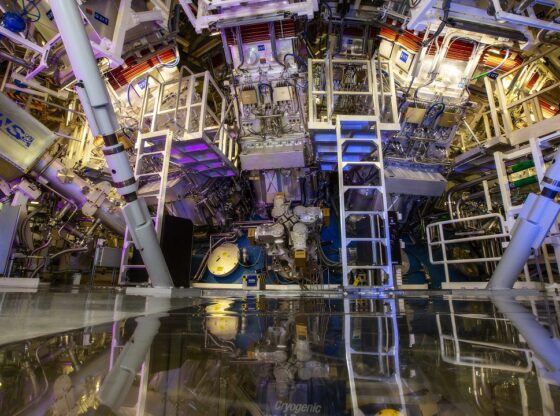
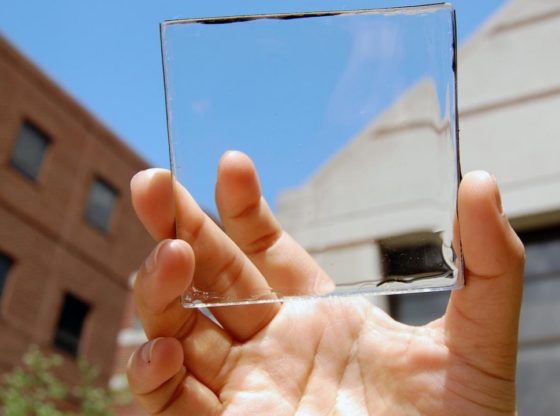

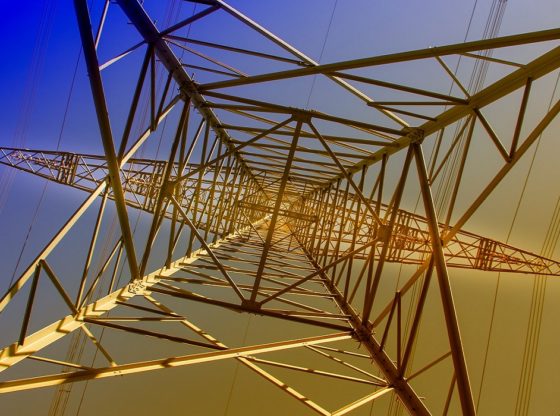
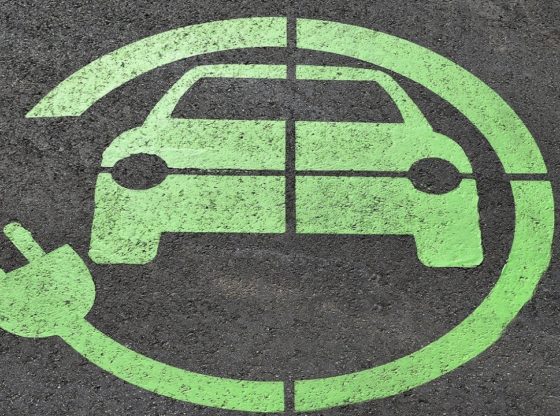

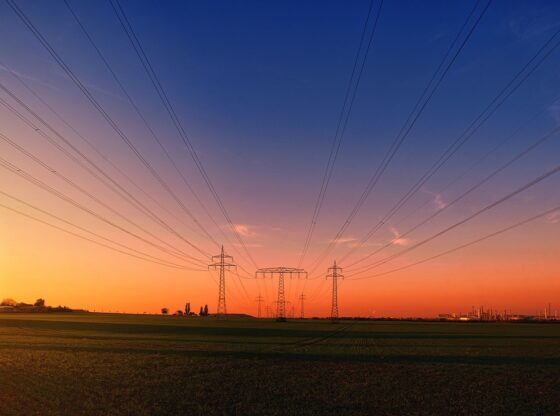


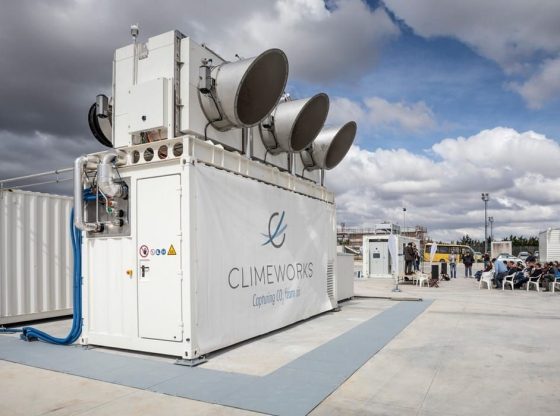
![OpenAI. (2025). ChatGPT [Large language model]. https://chatgpt.com](https://www.illustratedcuriosity.com/files/media/55136/b1b0b614-5b72-486c-901d-ff244549d67a-350x260.webp)
![OpenAI. (2025). ChatGPT [Large language model]. https://chatgpt.com](https://www.illustratedcuriosity.com/files/media/55124/79bc18fa-f616-4951-856f-cc724ad5d497-350x260.webp)
![OpenAI. (2025). ChatGPT [Large language model]. https://chatgpt.com](https://www.illustratedcuriosity.com/files/media/55099/2638a982-b4de-4913-8a1c-1479df352bf3-350x260.webp)








